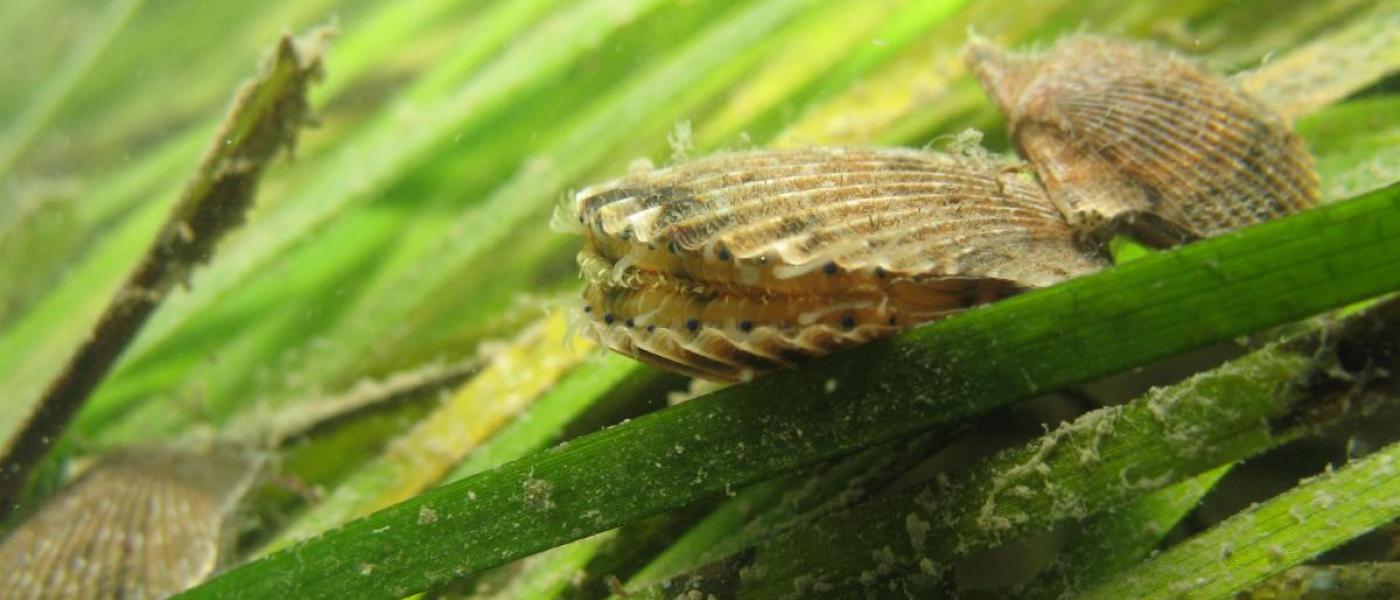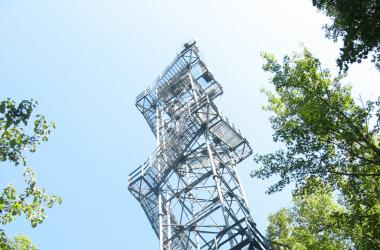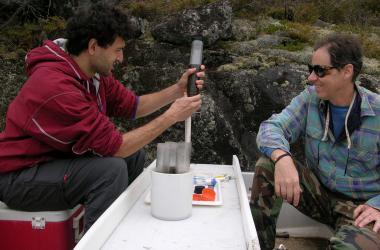Pollution has many faces. Some pollutants, like mercury, are dangerous even in small quantities. Others, like nutrient pollution, are harmful in excess when massive amounts of nitrogen and phosphorus stream into the water. And some, like ultraviolet radiation, are ambiguous: the same rays that can cause skin cancer and cataracts also help the body make vitamin D.
SERC researchers trace pollution from its origins in the air, the land, and the water. Nutrient pollution has a myriad of sources: exhaust from cars, fertilizers on farms and lawns, and sewage from cities and suburbs. When it reaches large bodies of water like the Chesapeake Bay, it can feed algal blooms that contribute to low-oxygen dead zones. On the mercury front, SERC microbial ecologists have uncovered hotspots where microbes transform mercury into methylmercury, a neurotoxin that contaminates our food webs, negatively impacting people and wildlife. And SERC photobiologists have monitored ultraviolet radiation from the forests of Maryland to the waters of the South Pole.
But SERC researchers are also looking for solutions. In the 1980s, they helped discover that riparian buffers (streamside forests and marshes) can act as sponges, soaking up nutrient pollution and keeping it out of the water. Today, SERC scientists have studied and sometimes led stream restorations, seeking to uncover what it takes to make restorations successful and what additional ripples a restoration can have on the environment. SERC’s microbial ecologists helped develop a technique to reduce methylmercury risk from mercury-contaminated sediments and soils. By understanding the nature of environmental problems and their origins, scientists are finding ways to overcome them.







